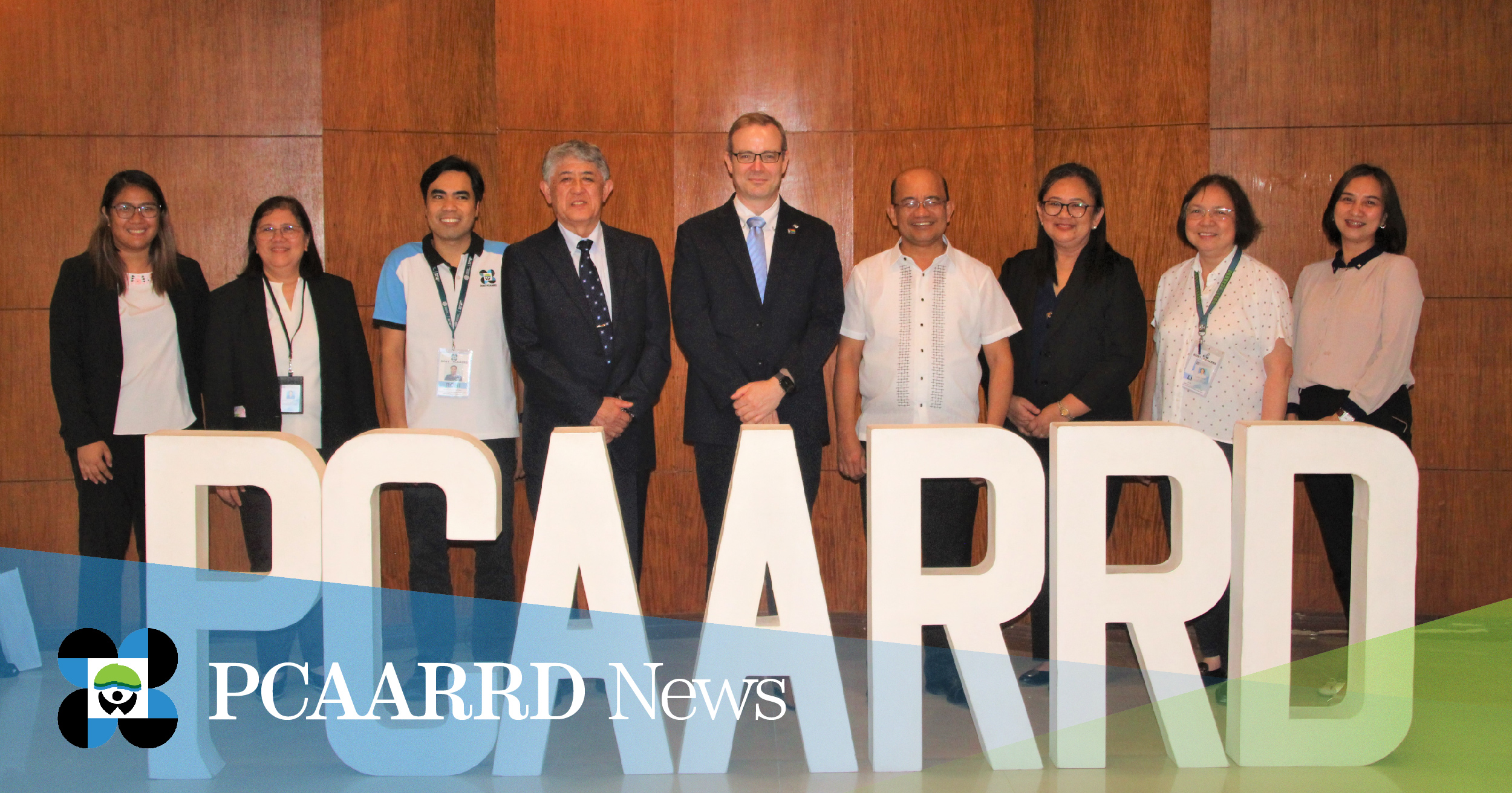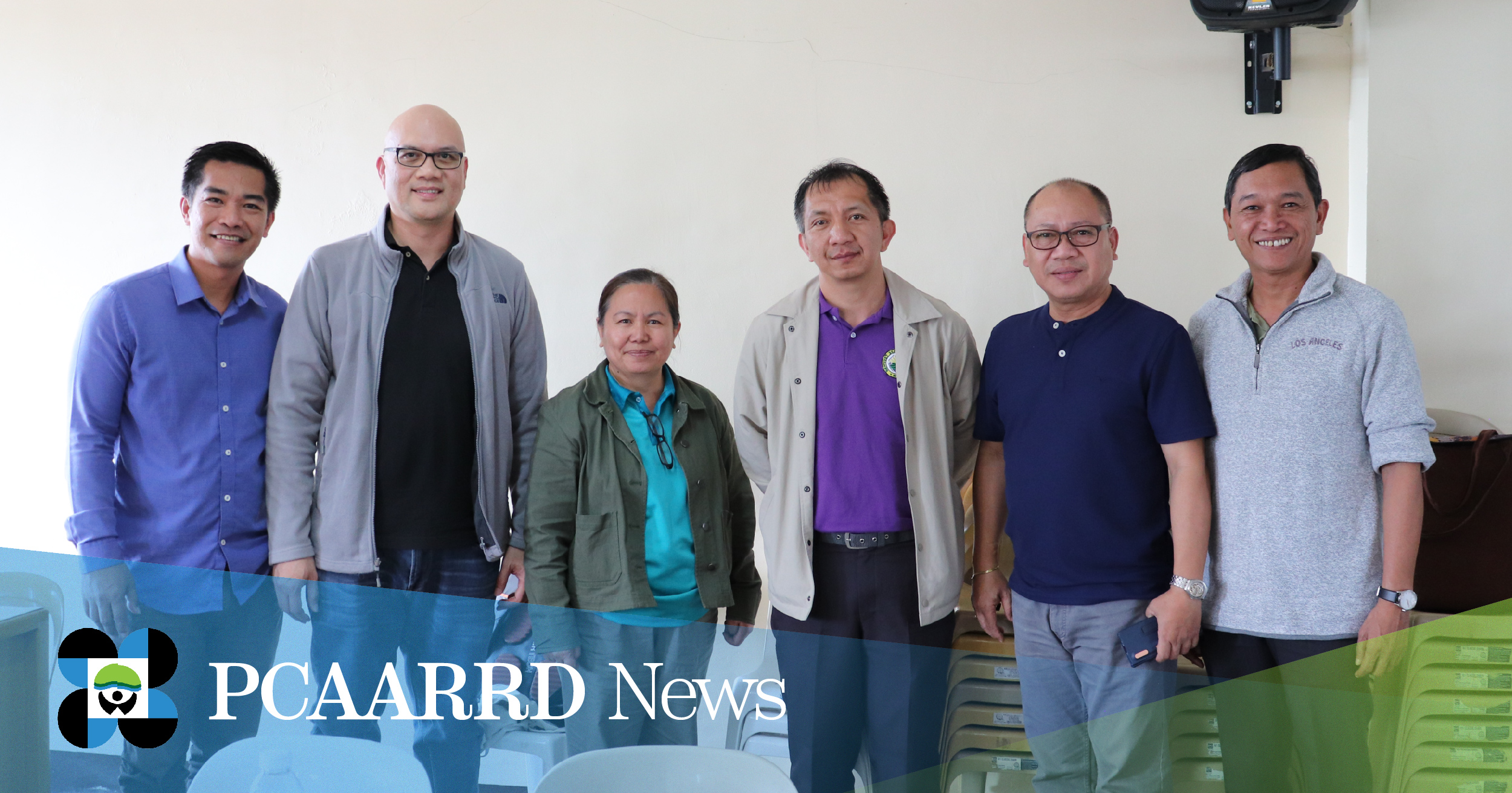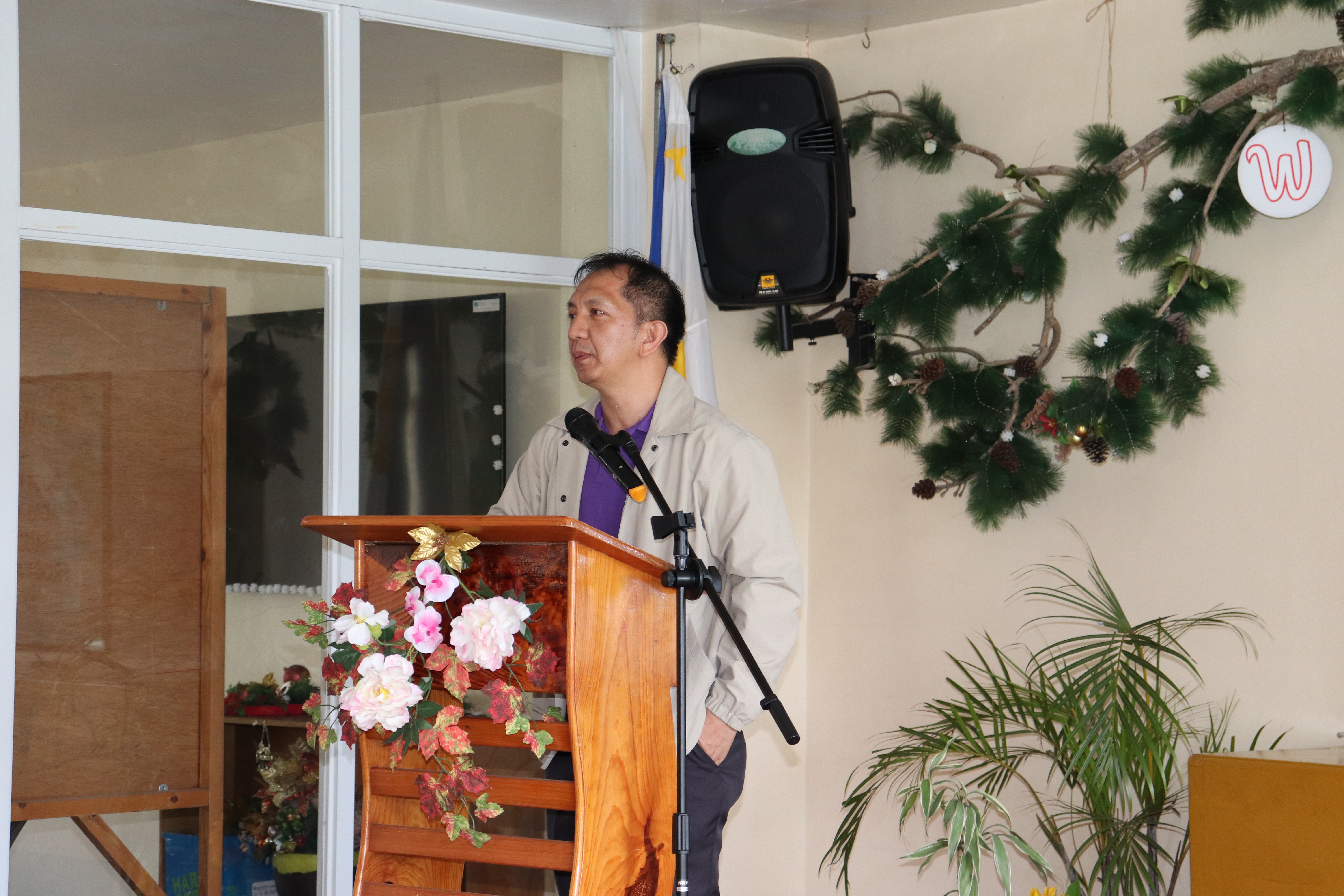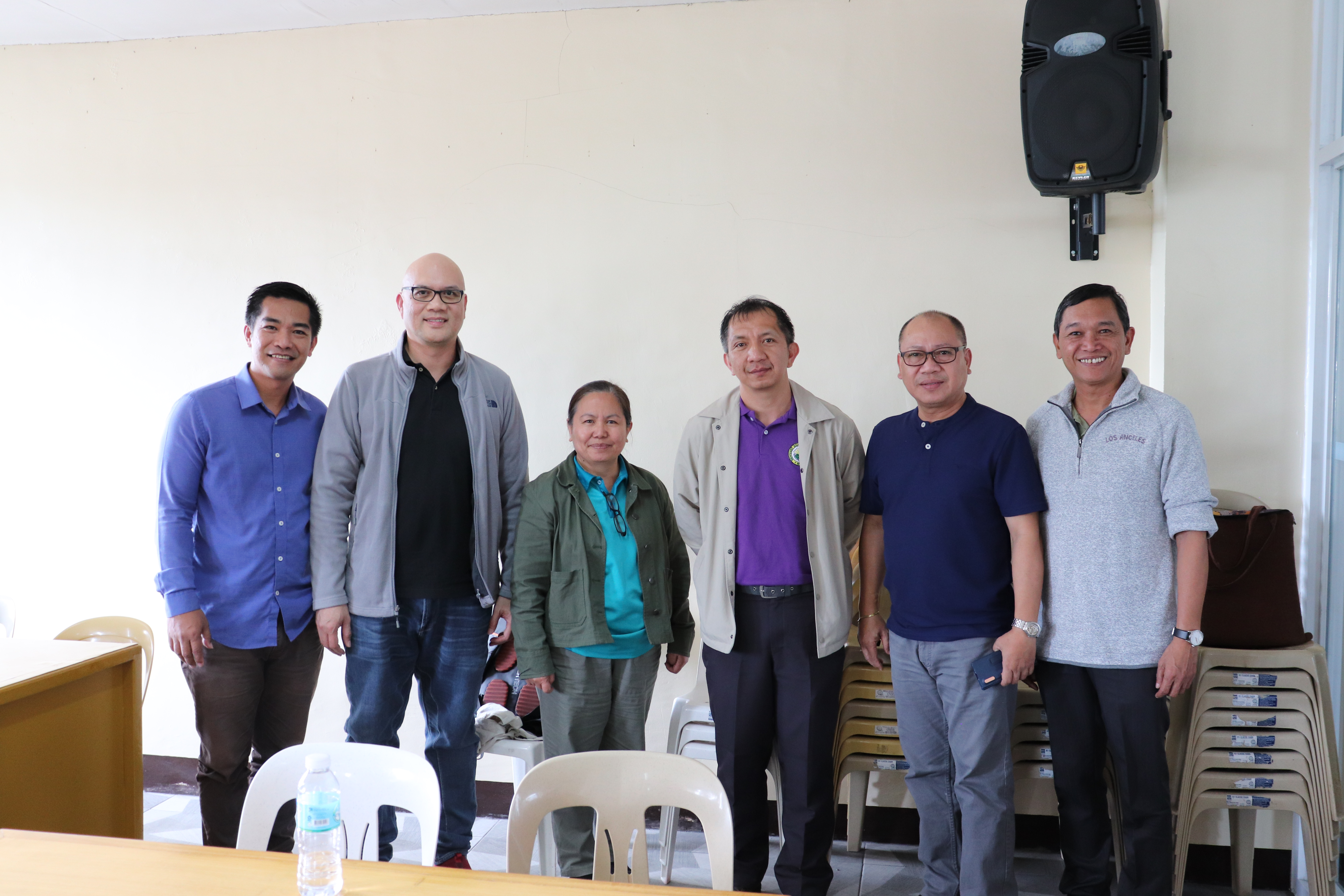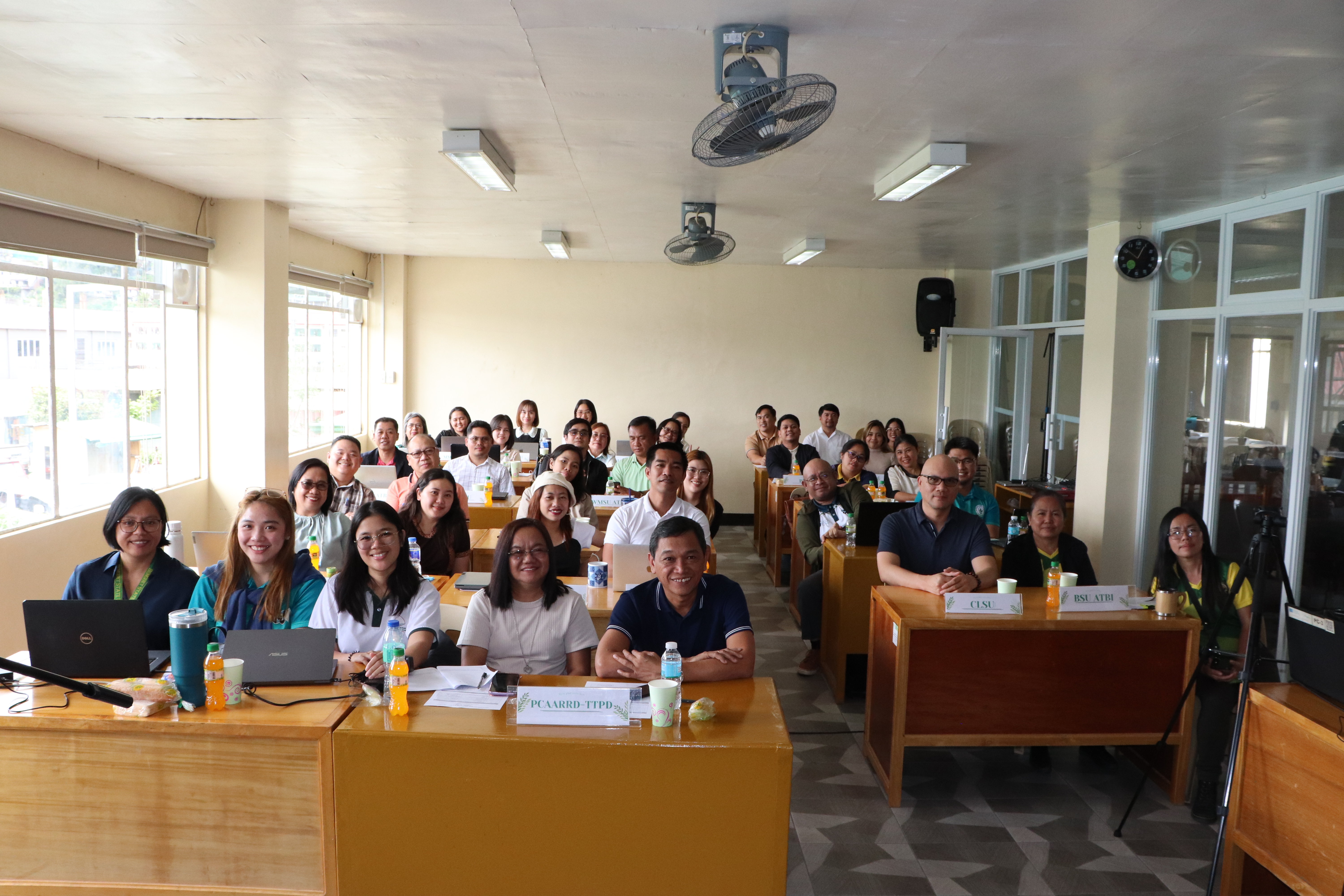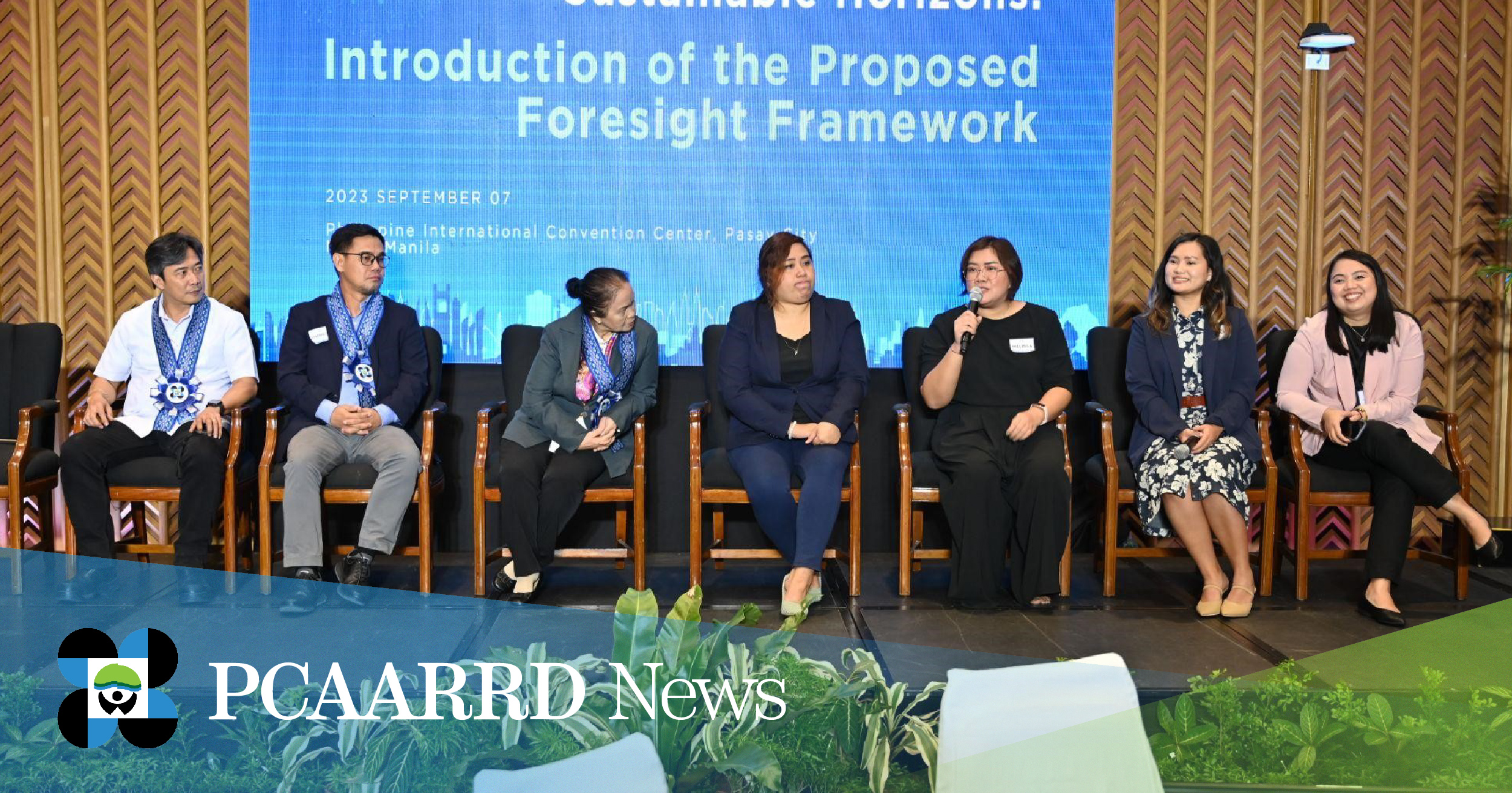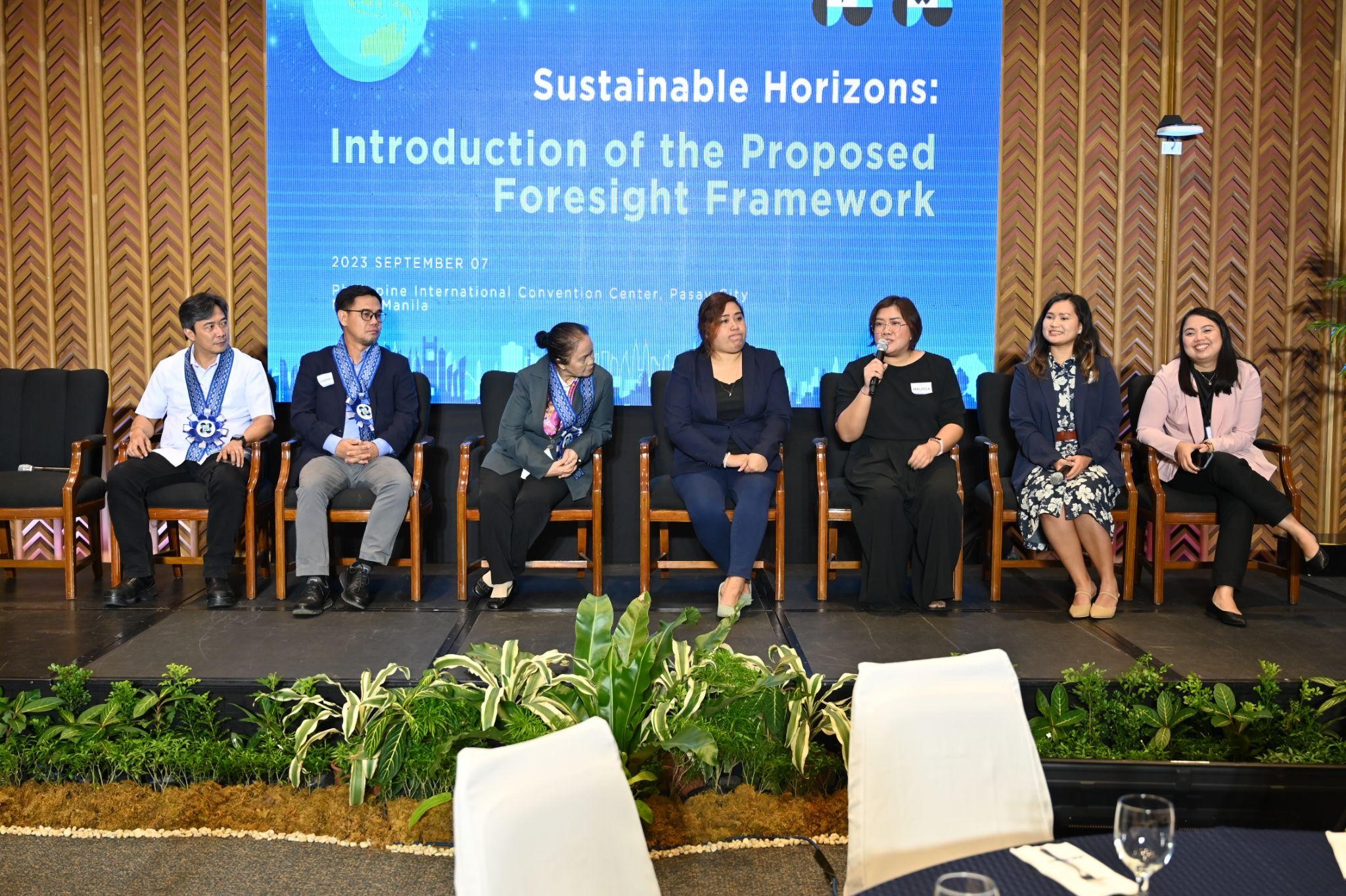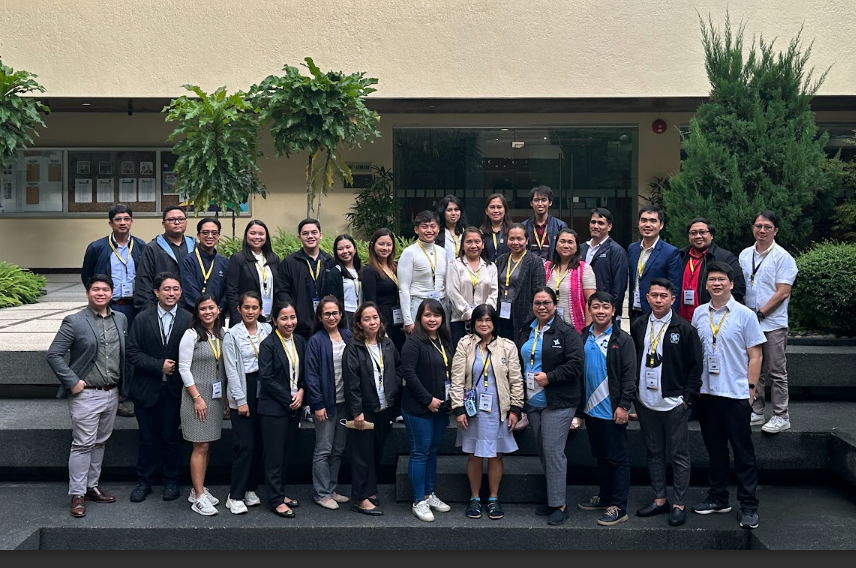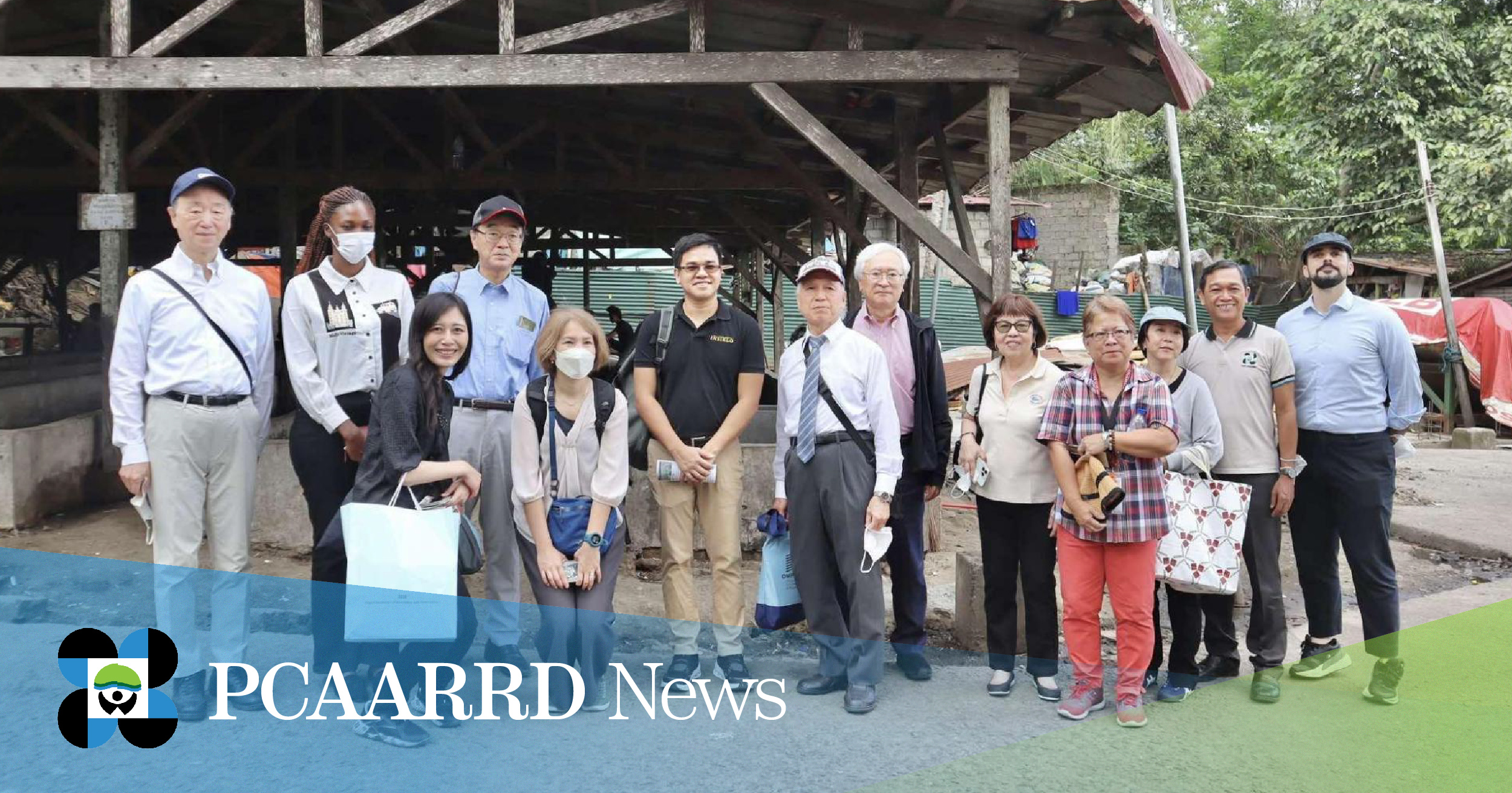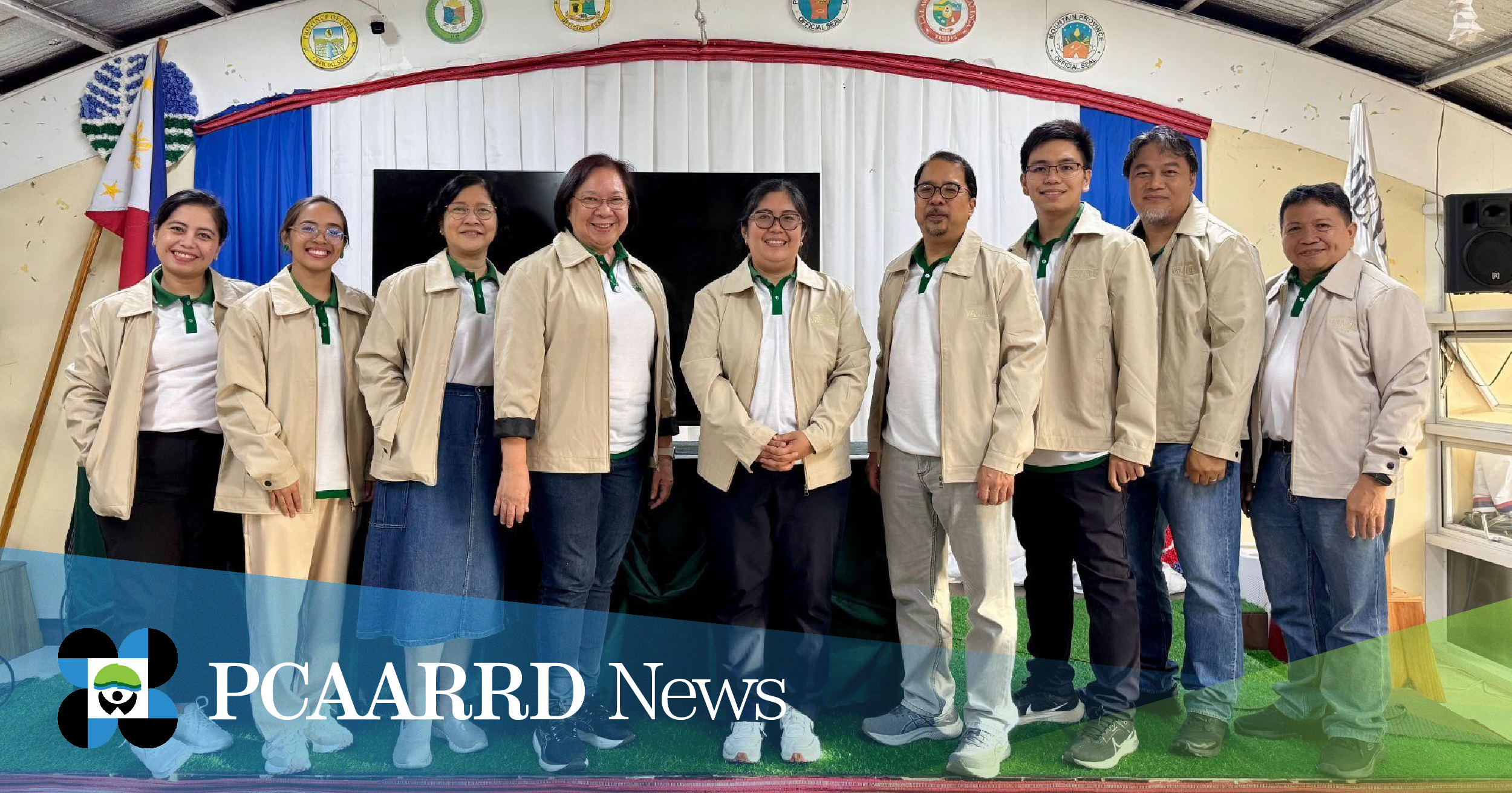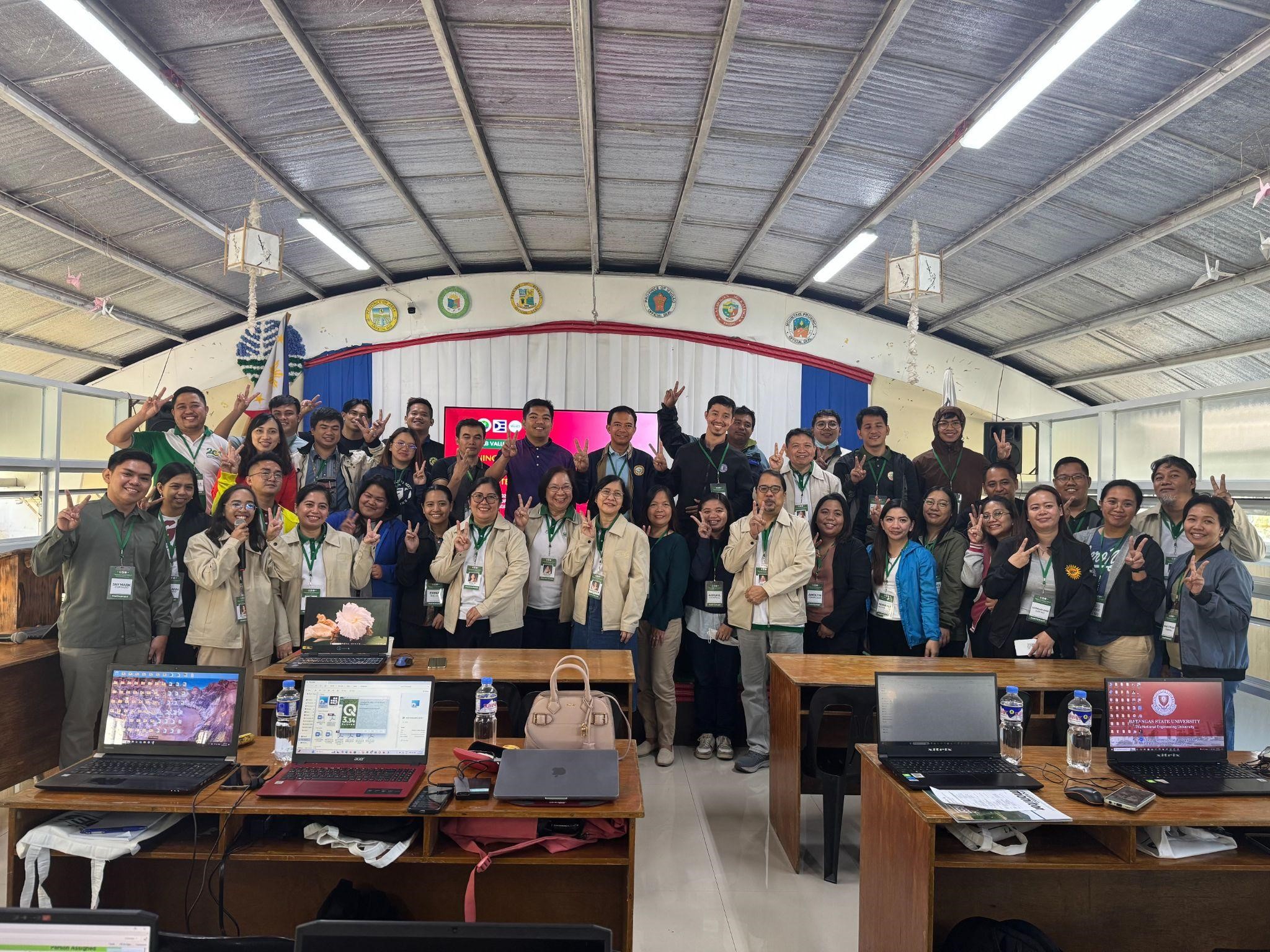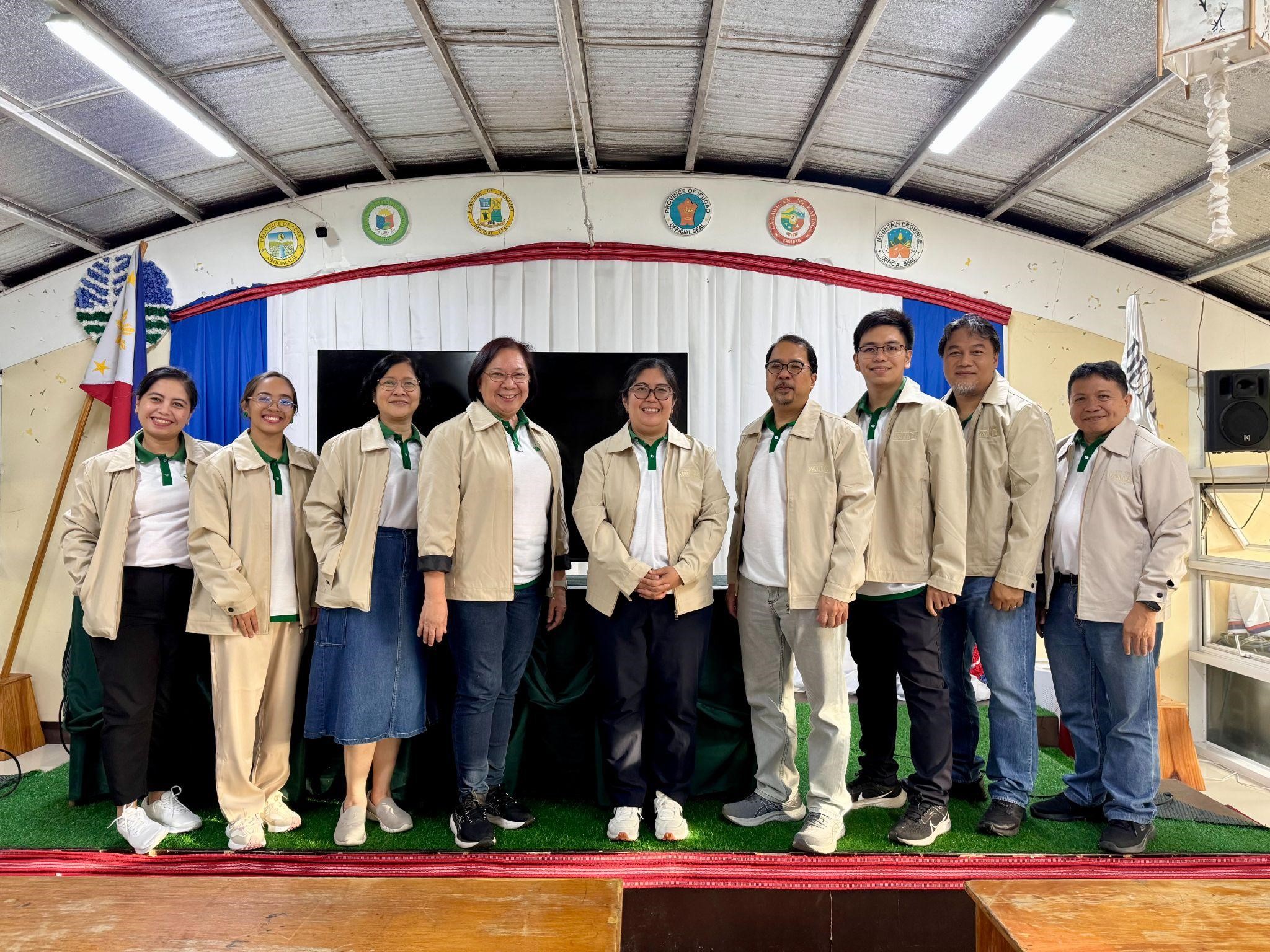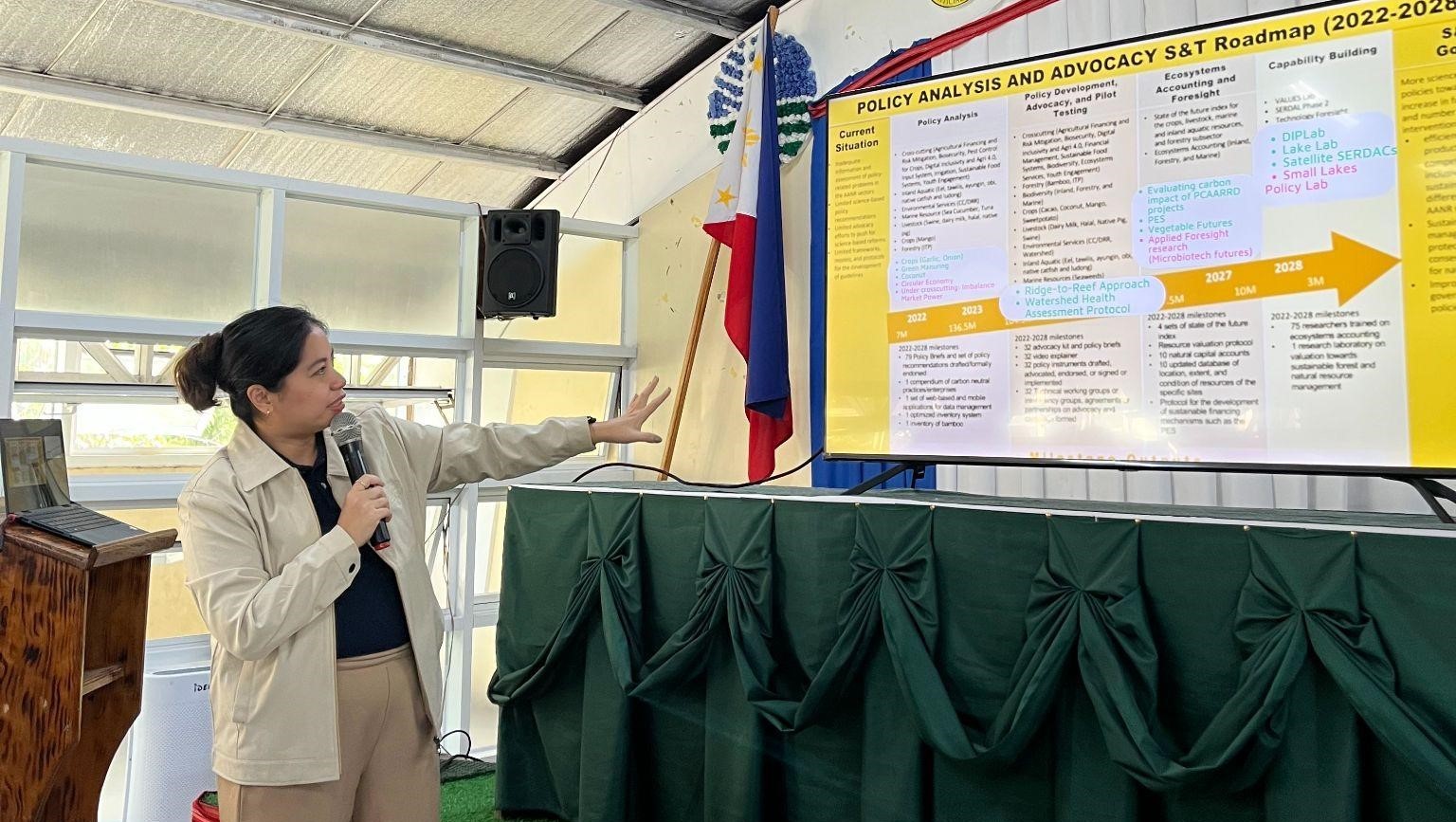Delegates from Nagoya University (NU) met with the officials of the Philippine Council for Agriculture, Aquatic and Natural Resources Research and Development of the Department of Science and Technology (DOST-PCAARRD) in Los Baños, Laguna, to explore research and academic collaborations. Led by Dr. Akira Yamauchi, Director of the NU Asian Satellite Campuses Institute (ASCI), and Dr. Euan McKay, Designated Associate Professor and Strategy Lead of the NU International Strategy Office, the visit resulted in in-depth discussions on enhancing partnerships on key issues in agriculture, aquatic, and natural resource management.
NU ASCI has played a pivotal role in facilitating academic exchanges between Japan and Southeast Asia. Its graduate programs provide scholars with the opportunity to pursue advanced studies while conducting research that tackles pressing agricultural and environmental challenges in their home countries.
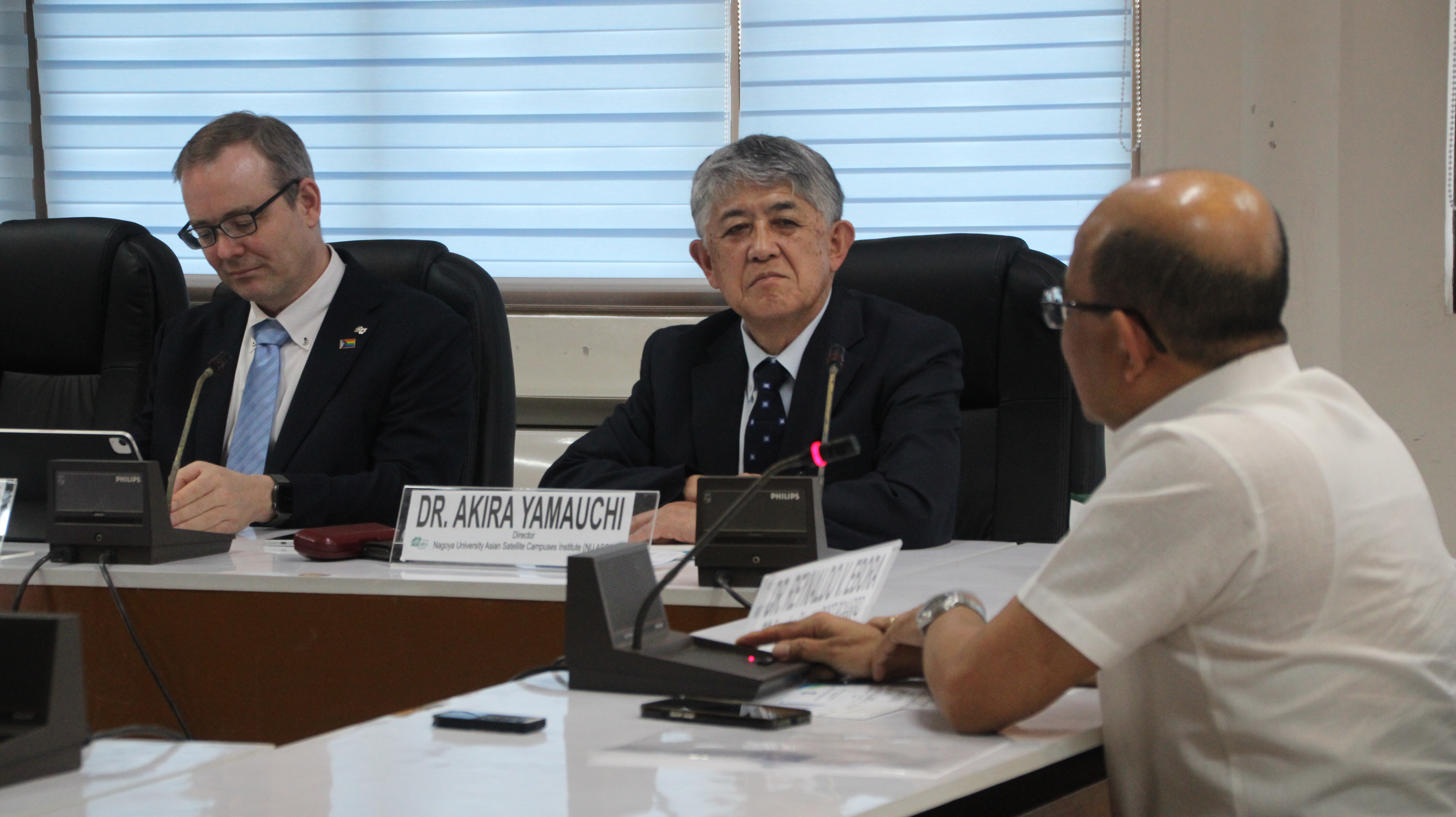
DOST-PCAARRD Executive Director Reynaldo V. Ebora, along with Livestock Research Division (LRD) Supervising Science Research Specialist Ronilo O. De Castro, Policy Coordination and Monitoring Division (PCMD) Director Lilian G. Bondoc, Institution Development Division (IDD) Director Fezoil Luz C. Decena, welcomed the delegation and reaffirmed the Council’s commitment to fostering collaborations with Japanese universities.
Dr. Ebora highlighted PCAARRD’s strong partnerships with Osaka University and Tokyo University of Marine Science and Technology under the International Graduate Research and Education Assistantship for Technology (iGREAT) program. He also mentioned the ongoing negotiations with Kyoto University and expressed a strong interest in expanding these linkages to include Nagoya University, creating opportunities for deeper collaboration in agricultural research and academic exchange.
Potential areas of cooperation that were identified during the discussion include integrating Nagoya University into DOST-PCAARRD’s iGREAT Program, establishing short-term training initiatives, and fostering research collaborations between Filipino scholars and Japanese researchers. Recognizing the success of PCAARRD’s existing engagements with Japanese institutions, the Council remains open to a variety of partnership arrangements that can contribute to the advancement of the agriculture, aquatic, and natural resources (AANR) sector.
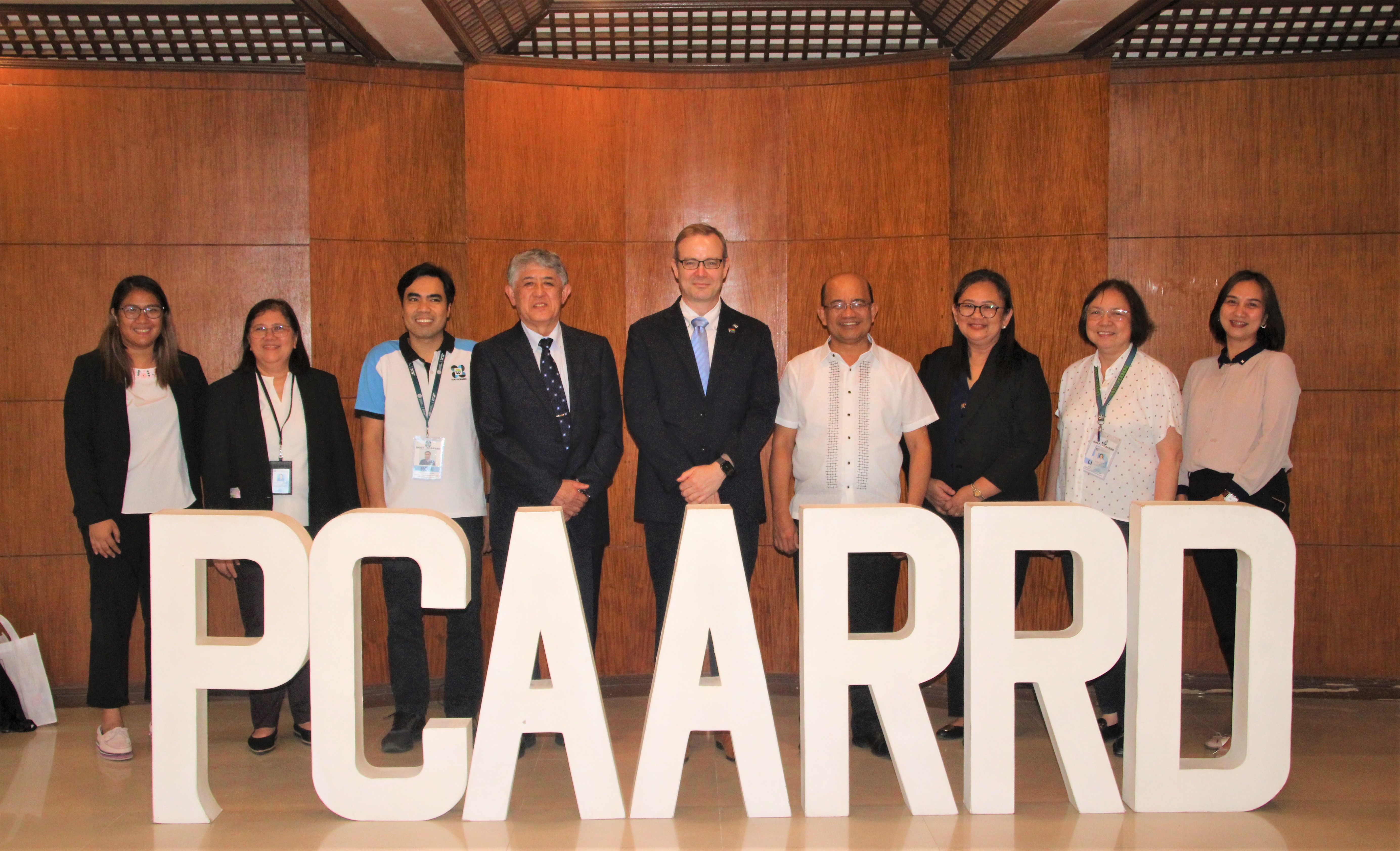
With DOST-PCAARRD’s strong focus on capacity-building and research-driven innovation, both institutions identified areas of mutual interest, including sustainable agriculture, biotechnology, and climate resilience. Dr. Ebora also shared the Council’s strategic priorities and ongoing initiatives that align with Nagoya University’s research expertise, ensuring that future collaborations yield impactful and practical outcomes.
The visit reaffirmed the shared commitment of both institutions to advancing scientific cooperation and meaningful academic exchanges. Moving forward, DOST-PCAARRD and Nagoya University will explore specific initiatives such as joint research projects, faculty exchanges, and scholarship opportunities to strengthen their collaboration.
As international partnerships become increasingly vital in addressing global agricultural challenges, the engagement between Nagoya University and DOST-PCAARRD marks a significant step toward building a more sustainable and innovative future for the AANR sector.

